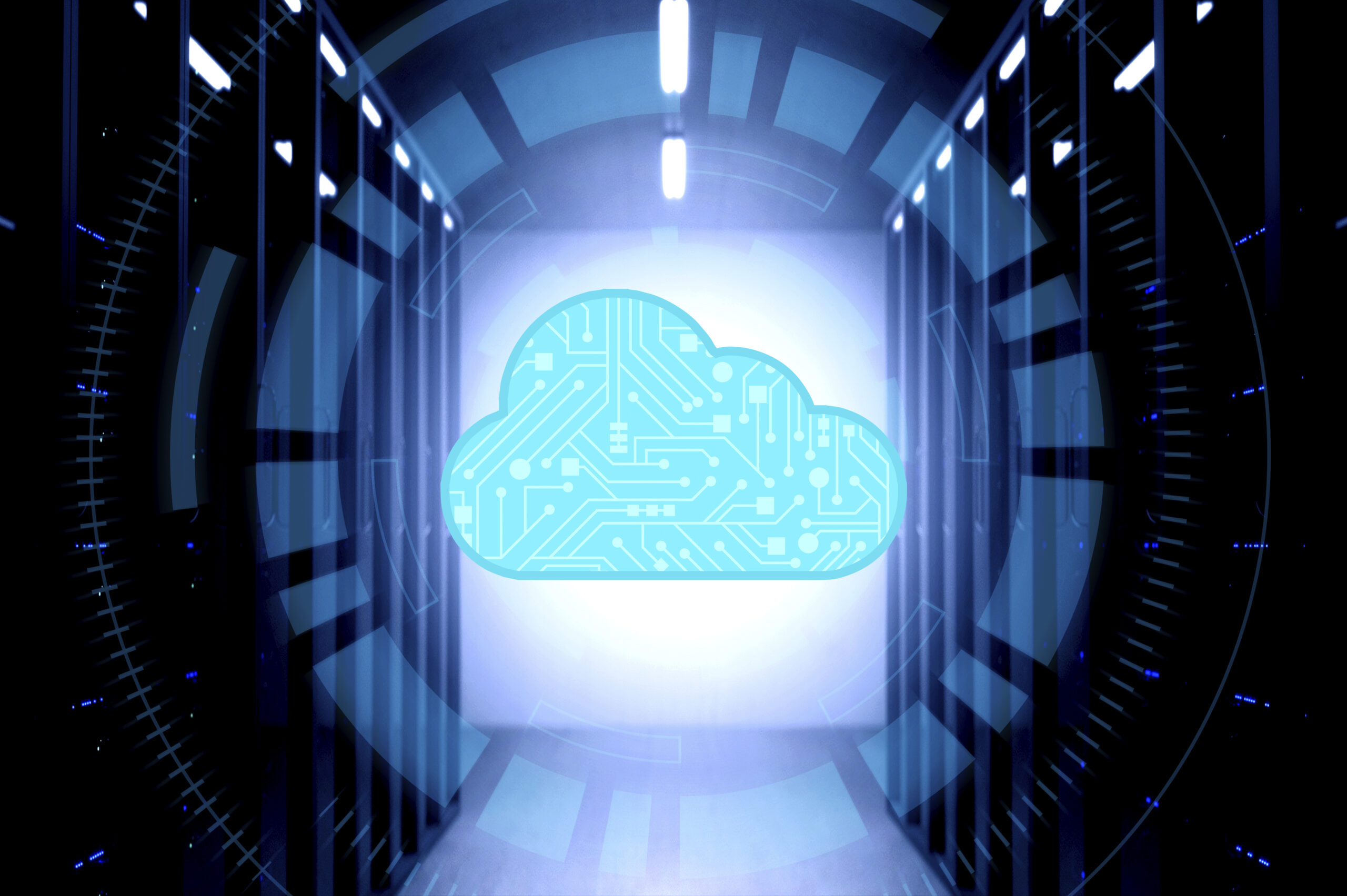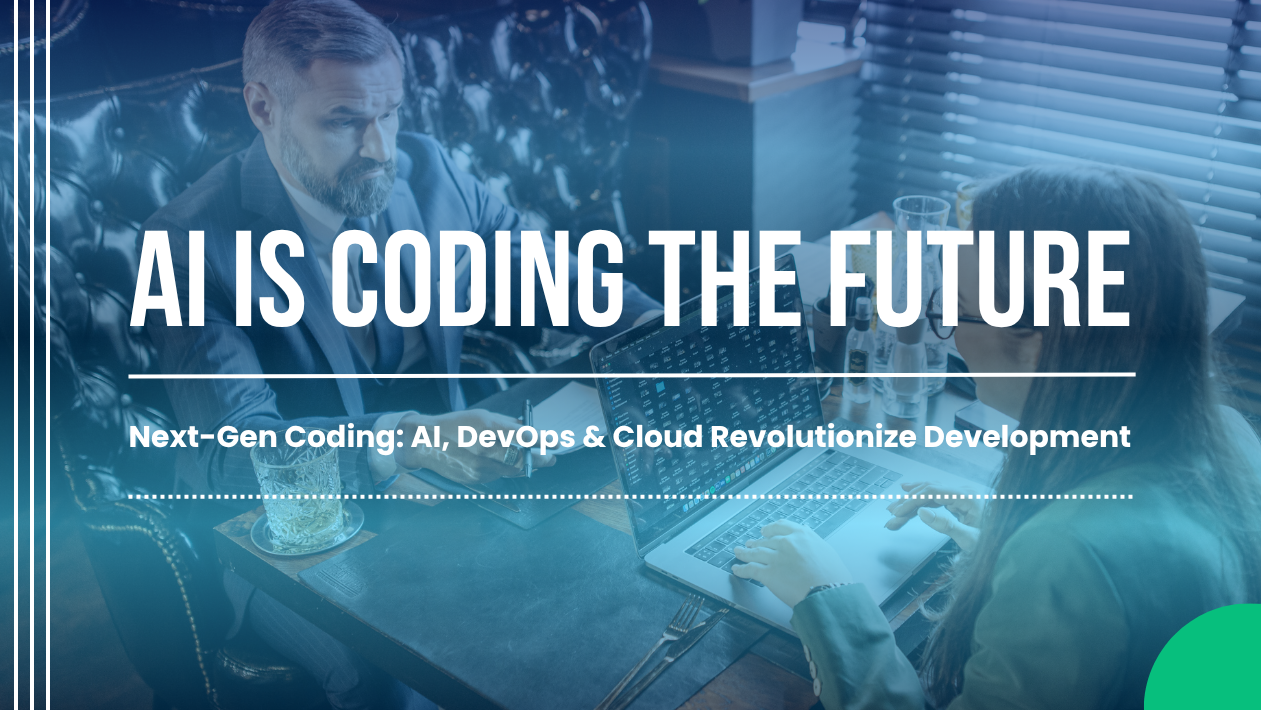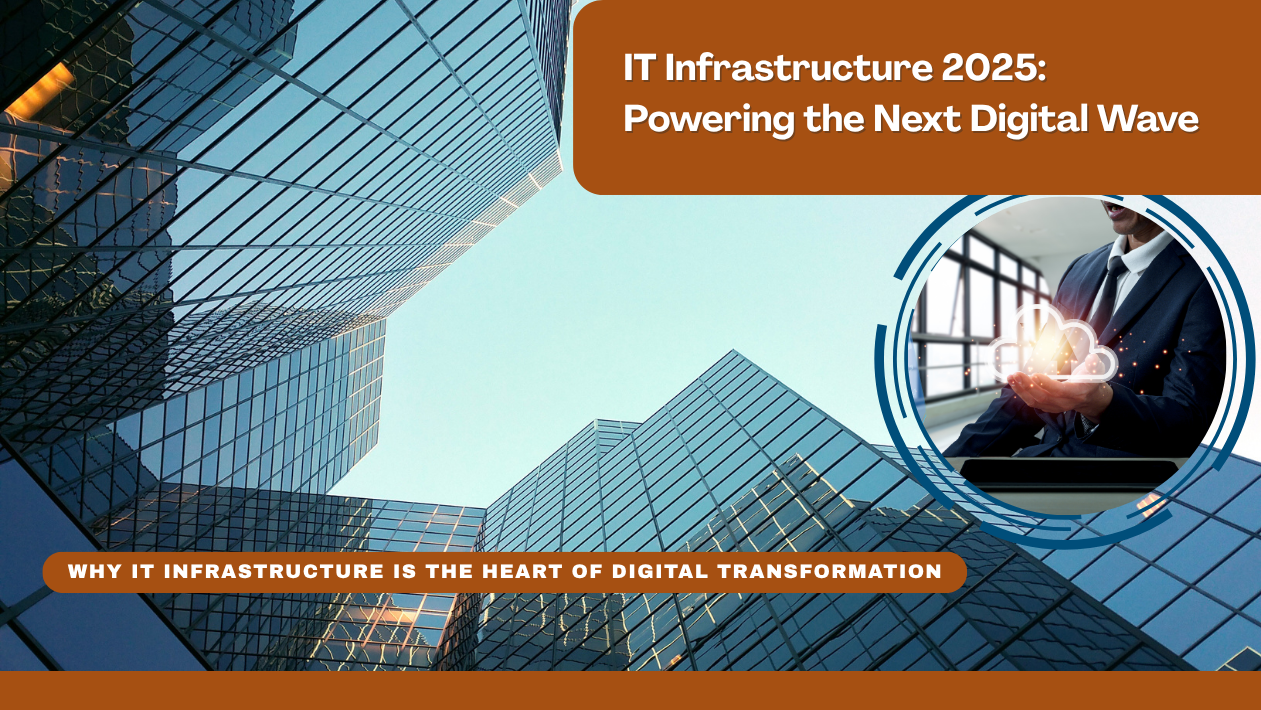As digital transformation accelerates across industries, IT infrastructure in 2025 has become more cloud-centric, edge-enabled, and AI-driven than ever before. Enterprises are overhauling legacy systems to support remote work, real-time analytics, and cyber-resilience in a world where uptime and agility are critical to competitiveness.
According to a 2025 Gartner survey, 86% of CIOs are prioritizing infrastructure modernization, with focus areas including hybrid cloud management, zero-trust security, and edge computing deployments.
Hybrid and Multi-Cloud Architectures Dominate the Landscape
Organizations are embracing hybrid and multi-cloud strategies to improve scalability, ensure data sovereignty, and avoid vendor lock-in. Platforms like Microsoft Azure Arc, Google Anthos, and AWS Outposts enable seamless integration of on-premises systems with public cloud environments.
“Flexibility and control are now central to infrastructure planning,” says Neha Kulkarni, CTO at a global retail chain. “Hybrid cloud lets us scale intelligently while managing costs and compliance.”
Edge Computing Expands to Support Real-Time Workloads
With the rise of IoT and AI applications, edge computing has become a critical component of modern infrastructure. Businesses are deploying mini data centers closer to users and devices to minimize latency and power use cases like autonomous vehicles, smart manufacturing, and remote healthcare monitoring.
Global edge infrastructure spending is expected to surpass $75 billion by the end of 2025, according to IDC.
AI-Powered Infrastructure Management Gains Momentum
AI and machine learning are transforming how infrastructure is monitored and maintained. Tools like AIOps, predictive analytics, and self-healing systems help IT teams prevent outages, optimize resource usage, and reduce manual intervention.
Infrastructure-as-Code (IaC) platforms like Terraform and Pulumi are also being enhanced with AI to accelerate provisioning and minimize configuration errors.
Zero Trust and Cyber Resilience Are Top Priorities
As cyber threats become more sophisticated, IT leaders are adopting Zero Trust Architecture (ZTA) and investing in AI-powered threat detection and ransomware recovery systems. Security is now embedded into every infrastructure layer—from network to endpoint to cloud.
“Cyber resilience is now a core function of infrastructure,” says Rajesh Iyer, VP of Security at a fintech firm. “It’s not just about defense—it’s about rapid recovery and continuity.”
Sustainability and Green IT Drive Infrastructure Choices
With ESG goals in focus, enterprises are investing in energy-efficient hardware, modular data centers, and renewable-powered cloud services. Leading providers like Google Cloud and AWS are moving toward carbon-neutral operations, helping clients reduce their digital carbon footprint.
Outlook: Infrastructure as a Strategic Enabler
In 2025 and beyond, IT infrastructure is no longer a back-office function—it’s a strategic enabler of innovation, customer experience, and business resilience. Companies that embrace agile, intelligent, and secure infrastructure are poised to lead the next wave of digital success.





